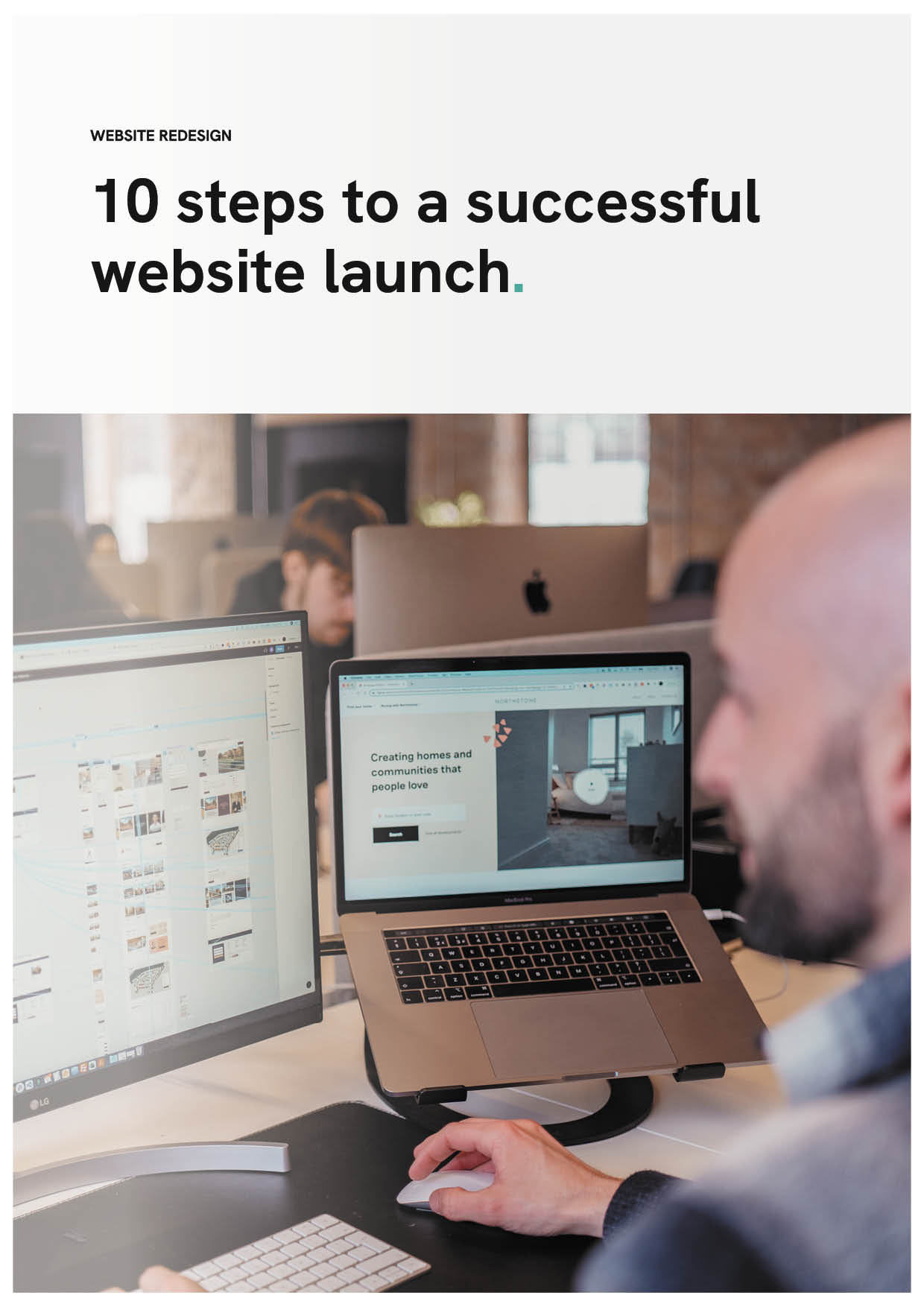Lead growth through strategy, not panic
A new era of tariffs and tension
The global manufacturing landscape is entering another period of uncertainty and manufacturing resilience is going t be tested once again. In April 2025, President Donald Trump is announcing a new wave of trade tariffs aimed at many countries including China, Canada, and Mexico. These measures, described as “reciprocal tariffs,” are designed to bolster domestic production in the U.S. but have sent ripples through the global economy. For UK and US manufacturers, particularly those reliant on complex supply chains and international trade, the implications are significant.
This article explores what these tariffs mean for the manufacturing and engineering sectors, and how businesses on both sides of the Atlantic can proactively adapt. From supply chain strategy to creative marketing, we’ll unpack how leaders—especially CEOs, Finance Directors, and Business Development Directors—can turn policy disruption into opportunity.
No time to read this article, why not listen to the audio conversation.
What are the 2025 trade tariffs and who do they affect?
In April 2025, Donald Trump laid out a bold plan to introduce new trade tariffs targeting a wide range of sectors. These include:
- Renewables and Electronics: Rumoured future tariffs, particularly on Chinese-sourced solar panels and semiconductors
- Automotive: 25% tariff on imported cars and selected components
- Steel and Aluminium: 25% reinstated tariff on steel and aluminium imports
- Pharmaceuticals: Proposed new tariffs (not yet implemented), with industry pushback for phased introduction
Sources:
- Reuters (April 2025): Auto and Pharma industry reaction to Trump tariffs
- AP News (April 2025): Business response to Trump trade policy
- Financial Times (April 2025): Supply chain impact and global manufacturer relocation
These measures are positioned as a way to level the playing field for U.S. manufacturers. However, for UK firms exporting to or sourcing from the U.S., the added costs could significantly impact pricing, margins, and competitiveness.

Strategic supply chain shifts
With tariff increases set to raise costs across key materials and components, supply chain agility becomes a critical competitive advantage. Manufacturers must begin mapping their existing supplier networks and identifying high-risk dependencies—particularly on tariffed goods or regions.
Tactics to Consider:
- Diversify supplier base to include tariff-neutral countries:
Expanding sourcing to nations unaffected by new tariffs—such as Vietnam, India, or EU partners—can help stabilise input costs and reduce reliance on politically volatile regions. - Negotiate new terms with domestic suppliers or partners in free trade regions:
Engage in transparent discussions with existing partners to adjust pricing structures or payment terms that reflect new economic realities, and prioritise sourcing from countries with favourable trade agreements. - Re-shore high-margin production to offset future tariff risks:
For components or products with strong margins, reshoring manufacturing to the UK or US can reduce exposure to international shocks, improve lead times, and bolster brand appeal through local production claims. - Use digital tools to gain real-time supply chain visibility and forecasting:
Implement platforms like ERP systems, digital twins, or AI-based forecasting tools to monitor supply chain health, predict disruptions, and model cost scenarios based on evolving tariff structures.
In times of disruption, manufacturers often face a delicate balancing act: maintaining established supplier relationships while seeking new, tariff-neutral options. Rather than abruptly switching suppliers, many are taking a phased approach—preserving trusted connections while gradually testing alternative sources. This strategy reduces risk and provides flexibility, especially given the uncertainty around how long new tariffs may remain in place. Businesses that communicate openly with their current partners can often renegotiate terms or collaborate on solutions that protect both sides. The goal is to adapt without alienating long-term collaborators, ensuring continuity and trust even while pivoting toward more resilient, diversified supply networks.
Using marketing to offset cost pressures
When tariffs squeeze margins, one of the fastest ways to protect profitability is through smarter marketing. By repositioning your offer, targeting new markets, or elevating perceived value, marketing becomes a lever for resilience.
Creative Marketing Tactics:
- Brand-Led Positioning: Focus on innovation, sustainability, or quality to differentiate beyond price:
In a market sensitive to cost fluctuations, companies that can clearly communicate their value beyond price are more likely to retain customer loyalty. Positioning your brand around environmental responsibility, precision engineering, or advanced technology can make your offering more resilient to pricing pressures caused by tariffs. - Segment-Based Campaigns: Use account-based marketing to target specific industries or decision-makers less affected by tariffs:
Instead of casting a wide net, narrow your focus to sectors where budget elasticity exists or where tariffs have a lesser impact—such as healthcare, defence, or renewable energy. This allows for personalised outreach and better ROI. Tactics might include tailored landing pages for key accounts, personalised email sequences, targeted LinkedIn ads, and bespoke content offers that speak directly to the recipient’s challenges and goals. This focused, value-led approach opens up high-value conversations rooted in long-term business strategy—not short-term price negotiation—laying the groundwork for partnerships that are more collaborative and resilient. - Customer Education Content: Use thought leadership to demonstrate expertise in navigating market uncertainty:
Publish whitepapers, host webinars, or share articles that help your audience understand how to mitigate tariff-related risks or streamline procurement. This not only builds trust but positions your business as a helpful guide during complex times. Equally important is being transparent with your customers about how your business is adapting. Communicate openly about the steps you’re taking to manage rising costs, whether you’re absorbing increases, adjusting pricing in line with market conditions, or reconfiguring supply chains. Customers appreciate honesty and strategic intent—it strengthens loyalty when they feel informed and involved in your evolution.
Manufacturers looking to reposition themselves in light of rising costs or supply chain disruption can benefit greatly by partnering with a specialist manufacturing marketing agency. The first step is conducting a strategic review of brand positioning, market messaging, and digital presence. With guidance from an experienced agency, manufacturers can craft a marketing roadmap that highlights quality, reliability, and value rather than competing solely on price. Enhancing the company website, launching targeted campaigns, and developing industry-specific thought leadership content are all tactics that contribute to a stronger, more resilient market position. The goal is to open up new sales conversations and deepen existing relationships based on trust, innovation, and long-term business alignment.
LinkedIn as a growth channel during disruption
In volatile times, your network is your net worth. Social media marketing is the new way to create quicker connections and start meaningful connections. LinkedIn remains the most powerful B2B growth platform—and it’s underused by many manufacturers.
How to Use LinkedIn Strategically:
- Personal Branding for Leadership:
CEOs and Sales Directors can build authority by consistently sharing valuable insights on industry trends, supply chain challenges, and tariff mitigation strategies. Sharing behind-the-scenes perspectives, participating in leadership conversations, and demonstrating thought leadership positions them as trusted voices in the sector. A key part of this approach is developing a forward-looking content strategy—one that not only reflects current conditions but anticipates future market developments, regulatory changes, and innovations in the manufacturing sector. Consistency and timing are critical; content should be delivered on a regular cadence to build familiarity and trust. Leveraging content calendars, aligning messaging with industry milestones, and maintaining a cohesive tone of voice ensures that leadership remains visible, relevant, and respected over time. - Content Marketing:
A strategic content and inbound marketing plan involving blog articles, explainer videos, thought leadership posts, and downloadable resources (like white papers or case studies) helps engage decision-makers. Content should be data-driven, relevant to current challenges (e.g., tariffs, reshoring), and optimised for search and social to expand reach and build credibility. - Targeted Outreach:
Use LinkedIn Sales Navigator to build lists of ideal clients based on industry, location, and seniority. Craft personalised messages that reference shared challenges (such as tariff impacts) and offer meaningful value—such as a helpful resource, insight, or invitation to connect. This approach helps create high-trust, long-term conversations focused on solutions, not just pricing. - Community Engagement:
Engaging with posts from customers, industry groups, or suppliers not only builds goodwill but strengthens your visibility across networks. Ask questions, offer insights, and participate in relevant conversations to position your company as active, informed, and invested in the industry’s evolution.

Financial planning and cross-functional collaboration
Finance Directors must lead the charge in stress-testing the business against tariff impacts. By working cross-functionally with marketing, sales, and operations, finance leaders can align resource allocation with the most resilient and profitable paths forward.
Key Activities:
- Scenario modelling for different tariff outcomes:
Finance and leadership teams should develop multiple forecasting models that reflect a range of tariff scenarios, including best-case, moderate, and worst-case impacts. This enables proactive budgeting and resource allocation, ensuring the company can adapt quickly as policies evolve. - Re-forecasting margins based on new supplier costs and potential price adjustments:
Tariffs often lead to increased production and procurement costs. It’s essential to revisit financial models and adjust profit margin projections based on updated supplier contracts, logistics costs, and operational expenses. Clear margin visibility supports smarter pricing and negotiation strategies. - Identifying growth pockets (new industries, verticals, or export markets):
Tariff pressures may expose new opportunities in less affected regions or growing sectors like renewable energy, healthcare, or domestic infrastructure. Analysing buyer trends and cross-sector needs can uncover untapped verticals where the business can thrive despite external constraints. - Evaluating marketing ROI to ensure efficient spend in tough trading conditions:
When budgets tighten, every pound or dollar spent must justify its return. Evaluating the performance of marketing campaigns using attribution data, lead quality, and customer lifetime value helps prioritise the most effective channels and tactics. A focus on ROI ensures sustained growth without wasteful spending.
Aligning UK and US manufacturing collaboration
While tariffs may increase friction between certain trade partners and test manufacturing resilience, they also create new urgency for UK and US manufacturers to collaborate more closely. Shared market intelligence, joint ventures, and co-branded marketing can strengthen both sides.
Opportunities to Explore:
- Technology partnerships to mitigate component cost increases:
Manufacturers can engage in formal partnerships with tech innovators, automation providers, or engineering research hubs to co-develop solutions that reduce reliance on tariff-affected components. These collaborations may result in the design of proprietary parts, streamlined manufacturing processes, or technology upgrades that increase efficiency and reduce long-term costs. The right partnership can also provide access to shared funding opportunities, IP licensing models, and joint R&D incentives. - Cross-border content and campaign creation to reach global buyers:
Joint content development between UK and US firms can significantly extend global reach while strengthening credibility. By collaborating on case studies, whitepapers, or webinar panels that showcase combined expertise, businesses can tap into each other’s markets and cross-promote services. These campaigns should be strategically planned to address the specific pain points of different international buyer personas and demonstrate a cohesive value proposition from both brands. - Knowledge-sharing groups (webinars, Slack communities, LinkedIn groups):
Curated digital communities offer an agile and scalable way to share insights, trends, and recommendations across the industry. Manufacturers can join or initiate peer-led forums focused on navigating trade policy, innovating supply chain strategies, and adapting to economic pressures. These groups also support informal business development by fostering relationships and opening doors to collaboration based on trust and shared knowledge. - Joint trade show and LinkedIn event participation:
Attending or co-hosting trade shows, virtual summits, or LinkedIn Live events offers manufacturers a platform to showcase capabilities, launch innovations, and connect with new audiences. Pooling resources for booth presence or co-branded speaking sessions maximises exposure while sharing the financial burden. These joint appearances reinforce alliances and build broader awareness across transatlantic networks.
Navigating trade tariffs with resilience
There is no point being negative about how the world plays out and with Donald Trump at the wheel of the US economy, nobody knows what will happen. So, put your big boy pants on and make a plan. Red-Fern trains manufacturing clients on LinkedIn engagement strategies that deliver ROI. From content scheduling to messaging frameworks, we help clients create consistent visibility and authority in niche B2B spaces.
Our services extend beyond social media engagement—we offer strategic keyword research to ensure content aligns with high-intent search behaviours, content planning built around buyer journeys and seasonal trends, and paid social media publishing designed to reach decision-makers in specific industries and regions. We also provide in-depth campaign reporting and analytics, enabling clients to measure performance, optimise messaging, and drive high-value sales conversations that extend well beyond initial engagement. This end-to-end approach ensures every marketing effort supports brand positioning, lead generation, and long-term business growth.
If you have found this article of interest and would like to discuss any of the points with us get in touch today and lets navigate this together.


